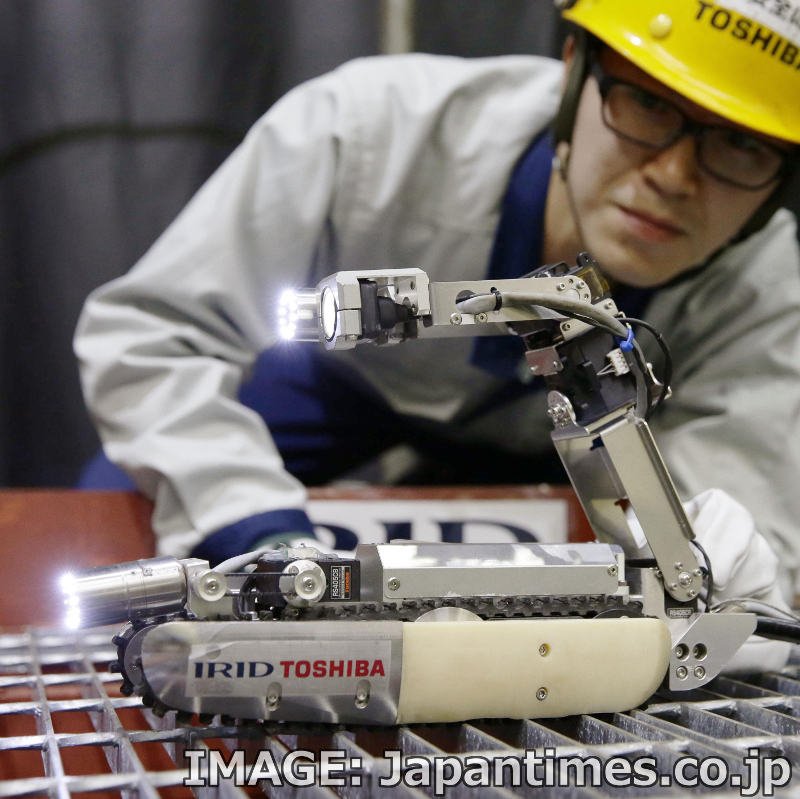Fukushima probe shows issues
 New images captured by an underwater probe have prompted concerns over the earthquake resistance of Japan's Fukushima nuclear power plant.
New images captured by an underwater probe have prompted concerns over the earthquake resistance of Japan's Fukushima nuclear power plant.
Tokyo Electric Power Company (TEPCO) has been using robotic probes inside the power plant since last year.
The images depict the inside of one of the three reactors, particularly the Unit 1 reactor's primary containment chamber, where traces of melted fuel are most likely to be found.
The images reveal significant damage to the 120-centimetre-thick concrete exterior of the pedestal, which supports the reactor's core, leaving the steel reinforcement inside exposed. This raises concerns about the reactor's safety.
TEPCO has 880 tonnes of highly radioactive melted nuclear fuel to remove from the three reactors, which is ten times the amount removed from the Three Mile Island nuclear plant in the United States after its 1979 partial core meltdown.
The new images reveal what could be nuclear fuel that has fallen from the core and hardened, piling up as high as 40 to 50 centimetres from the bottom of the primary containment chamber.
TEPCO spokesperson Keisuke Matsuo said the data collected from the latest probe would help experts to develop methods of removing debris and analysing the 2011 meltdowns.
The governor of Fukushima, Masao Uchibori, has urged TEPCO to evaluate the earthquake resistance levels and provide information in a way that can easily be understood by prefectural residents.
The data collected from earlier probes and simulations indicate that most of the melted fuel inside Unit 1 fell to the bottom of the primary containment chamber, but some may have fallen through into the concrete foundation, making the task of decommissioning the plant even more daunting.
TEPCO plans to use the data to create a three-dimensional map of melted fuel and debris details, which is expected to take around a year.
A trial removal of melted debris is expected to begin in Unit 2 later this year after a two-year delay, while the removal of spent fuel from the Unit 1 reactor's cooling pool is set to start in 2027 after a ten-year delay.
The plant's decommissioning will focus on taking melted debris out of the reactors from 2031.







 Print
Print